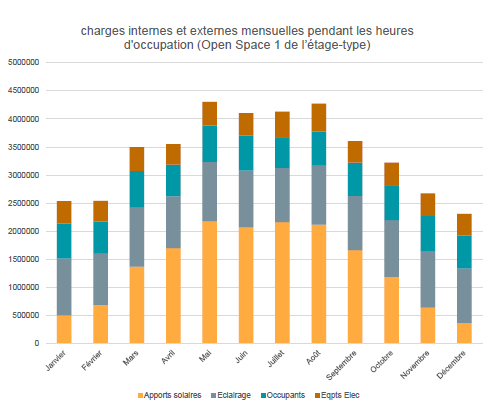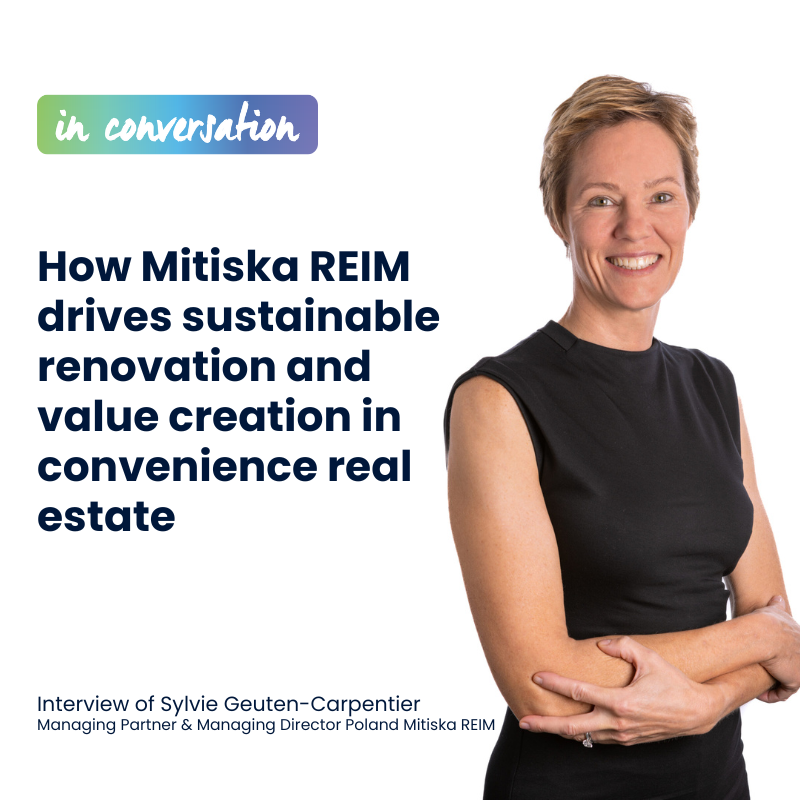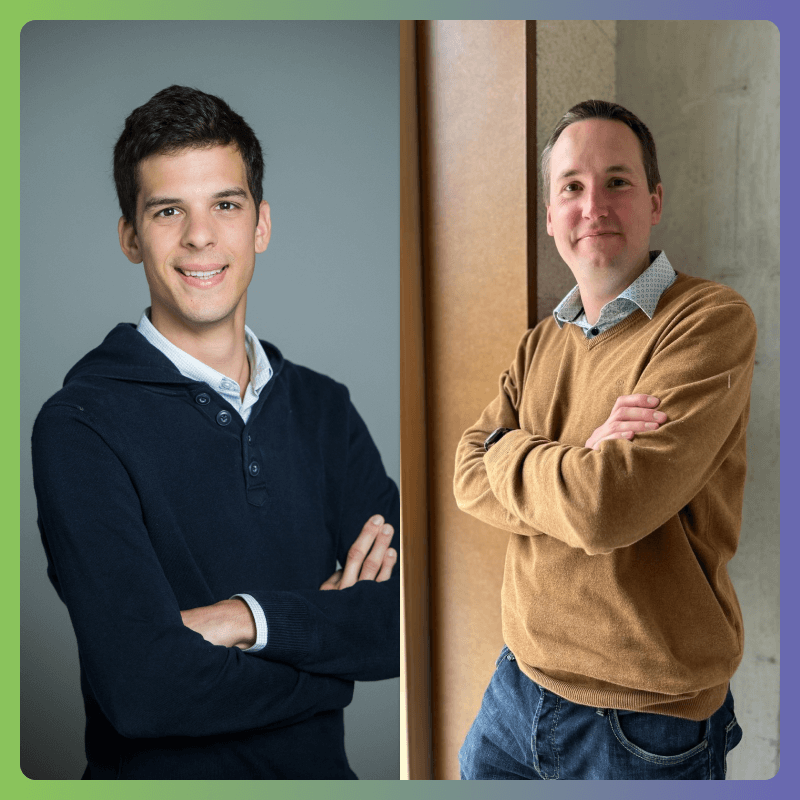This Cookie Policy governs the use of cookies and social media plugins on the website "www.pulse-cfe.com" (hereinafter the “Website”) of the CFE Group.
Cookies are small text files which are stored on a device’s hard drive and which contain certain information and sometimes personal data. Social media plugins are small pieces of software developed and provide by social media service providers, which add social media integration when built into the Website.
If you want general information about how we process your personal data other than through cookies and social media plugins, including in relation to your communication with us via e-mail, phone, fax and social media and in relation to any order or purchase, please see our Privacy Policy.
By accepting the use of cookies and social media plugins through the information banner that appears when you are visiting the Website and by continuing to use the Website, you acknowledge that you have read and accept this Cookie Policy.
1. IN GENERAL
1.1. Your personal data are processed by CFE SA/NV, Avenue Edmond Van Nieuwenhyse 30, 1160 Brussels, with company number 0400.464.795 (RPR/RPM Brussels), and its affiliated companies (hereinafter “CFE”, “we”, “us”, “our”). You can contact us via e-mail at dataprotection@cfe.be.
1.2. Any reference in this Cookie Policy to certain laws or regulations also includes any change, replacement or annulment of these laws or regulations, including any related executive decisions.
1.3. We reserve the right to from time to time modify this Cookie Policy at our own discretion. Such modification will be communicated via the Website. If you do not accept the modifications, you have to inform us by sending an e-mail to dataprotection@cfe.be. If we do not receive such an e-mail from you within three (3) business days after the modifications to the Cookie Policy have been announced on the Website, you will be deemed to have accepted all modifications.
2. COOKIES AND SOCIAL MEDIA PLUGINS
2.1. Except for the cookies that are strictly necessary for the good functioning of the Website, you may accept or not the use of other cookies through the information banner that appears when you are visiting the Website. The different categories of cookies used during your visit on the Website are detailed in article 2.4 hereunder.
2.2. In principle, most data pertaining to these cookies, their placement and use allow us to identify you, and we use them to gain insight in how you and other visitors use the Website by gathering statistical and usage data, enabling us to provide a better user experience on the Website.
2.3. You can also avoid cookies being placed by configuring your browser as such. For guidelines about how to do this, please refer to the information about your browser, for instance:
· Internet Explorer: https://support.microsoft.com/en-us/help/17442/windows-internet-explorer-delete-manage-cookies
· Edge : https://privacy.microsoft.com/en-us/windows-10-microsoft-edge-and-privacy
· Chrome: https://support.google.com/chrome/answer/95647?co=GENIE.Platform%3DDesktop&hl=en
· Safari: https://support.apple.com/kb/ph21411?locale=en_US
However, not allowing cookies when visiting the Website may cause certain or all features of the Website to stop working properly.
2.4. When you visit the Website and depending on your consent, we will use the following cookies :
- Strictly necessary or essential cookies
These cookies are essential for technical reasons for you to surf on the Website. Without these cookies the Website will not work properly. Considering this technical necessity, only an information obligation applies to these cookies. These cookies are placed once you visit the Website.
- Preferences or functionality cookies
These cookies allow the Website to remember choices you have made and to give you an optimal browsing experience. These cookies are generally placed in response to actions you have taken and that constitute a request for services, such as, the language you have chosen. You may configure your browser to block or be informed about the existence of such cookies. However, certain parts of the Website may then be affected.
- Performance or statistical cookies
These cookies collect information about the number of visits and the sources of traffic on the Website to enable us to analyze and improve the functions of the Website. They also allow us to determine which pages are the most or the less visited and how visitors browse on the Website. None of this information can be used to identify you. It is all aggregated and, therefore, anonymized. If you refuse these cookies, we will not be informed of your visit on the Website.
- Marketing cookies
These cookies enable us (first-party cookies) or advertisers (third-party cookies) to collect information about you and to track your online activity. They can be used by advertisers to determine a profile based on your interests and to suggest more relevant advertising on other websites.
- Social media cookies
These cookies are activated by the services proposed on the social media platforms that we have added on our Website in order to allow you to share Website content with your network and friends. These cookies also enable us to monitor your navigation on other websites and to determine a profile based on your interests. This may affect the content and messages displayed on the other websites that you visit. If you refuse these cookies, it is possible that you will not be able to use and see the share-functions.
2.5. You may at all times withdraw your consent with our use of cookies. To exercise this right, it suffices to modify your parameters here on the left.
3. PURPOSES FOR WHICH WE USE YOUR PERSONAL DATA
3.1. We process your personal data to perform statistical analyses so that we may improve our Website, advertisement, products and services or to develop new products and services.
3.2. We may also process your personal data for the preservation of our legitimate interests or of our affiliates and partners or a third party if your registration with or use of the Website can be considered (a) a violation of this Cookie Policy or the intellectual property rights or any other right of a third party, (b) a danger or threat to the security or integrity of our Website or to our or any of our affiliates’ or subcontractors’ underlying IT systems due to viruses, Trojan horses, spyware, malware or any other form of malicious code, or (c) in any way hateful, obscene, discriminating, racist, slanderous, spiteful, hurtful or in some other way inappropriate or unlawful.
3.3. Your personal data may be transferred to the police or the judicial authorities as evidence or if there are justified suspicions of an unlawful act or crime committed by you through your use of any part of the Website.
4. LEGAL BASIS FOR PROCESSING YOUR PERSONAL DATA
4.1. The processing of your personal data for the purposes outlined in Article 3 above is based on your consent or a legal obligation that we have to comply with.
4.2. In some cases, the processing of your personal data may be necessary for purposes of our legitimate interests, such as:
· Continuous improvements of our Website, social media channels, products and services to ensure that you have the best experience possible;
· Keeping our Website, social media channels, products and services safe from misuse and illegal activity;
· Marketing and promotion of our products, services, brands and overall successful commercialization of our products and services.
5. TO WHOM WE SEND YOUR DATA
5.1. We rely on third-party processors to provide you our Website and process your personal data on our behalf. These third-party processors are only allowed to process your personal data on our behalf and upon our explicit written instruction.
We warrant that all third-party processors are selected with due care and are committed to observing the safety and integrity of your personal data.
5.2. We may share your personal data with other entities within the CFE Group. However, we ensure that all companies of the Group will take due care that all processing of your personal data is in line with what is set out in this Cookie Policy.
5.3. We do not send your personal data in an identifiable manner to any other third party than the ones mentioned in Articles 5.1 and 5.2 without your explicit consent to do so. However, we may send anonymized data to other organizations that may use those data for improving products and services as well as to tailor the marketing, displaying and selling of those goods and services.
6. LOCATION AND TRANSFER
6.1. We process your personal data within the European Economic Area (EEA). However, in order to process your personal data for the purposes outlined in Article 3 above, we may also transfer your personal data to other entities of the CFE Group or to third parties which process on our behalf outside the EEA. Each entity outside the EEA that processes your personal data will be bound to observe adequate safeguards with regard to the processing of your personal data. Such safeguards will be the consequence of:
· The recipient country having legislation in place which may be considered equivalent to the protection offered within the EEA; or
· A contractual arrangement between us and that entity.
6.2. We may transfer anonymized and/or aggregated data to organizations outside the EEA. If such transfer takes place, we will ensure that there are safeguards in place to ensure the safety and integrity of your data and all rights with respect to your personal data that you enjoy under applicable mandatory law.
7. QUALITY ASSURANCES
7.1. We do our utmost best to process only those personal data which are necessary to achieve the purposes mentioned in Article 3 above.
7.2. Your personal data are only processed for as long as needed to achieve the purposes mentioned in Article 3 above or up until such time where you withdraw your consent for processing them. Your withdrawal of your consent may imply that you can no longer use the whole or part of our Website. We will de-identify your personal data when these data are no longer necessary for the purposes mentioned in Article 3 above, unless there is:
· An overriding interest of CFE or any third party in keeping the personal data identifiable;
· A legal or regulatory obligation or a judicial or administrative order that prevents us from de-identifying them.
7.3. We will take appropriate technical and organizational measures to keep your personal data safe from unauthorized access or theft as well as accidental loss tampering or destruction. Access by our personnel or of our third-party processors will only occur on a need-to-know basis and be subject to confidentiality obligations. You acknowledge, however, that safety and security are best-efforts obligations that can never be guaranteed.
8. YOUR RIGHTS
8.1. You have the right to request access to all personal data pertaining to you that we process. We reserve the right to charge an administrative fee for multiple subsequent requests for access that are clearly submitted for causing nuisance or harm to us. Each request has to specify for which processing activity you wish to exercise your right of access and which data categories you wish to gain access to.
8.2. You have the right to ask that any personal data pertaining to you that are inaccurate, are corrected free of charge. If you submit a request for correction, your request has to be accompanied by proof of the flawed nature of the data for which correction is asked.
8.3. You have the right to withdraw your earlier given consent for the processing of your personal data.
8.4. You have the right to request that personal data pertaining to you be deleted if these data are no longer required in the light of the purposes mentioned in Article 3 above or if you withdraw your consent for processing the data. However, we will evaluate a request for deletion against:
· Overriding interests of CFE or any third party;
· Legal or regulatory obligations or administrative or judicial orders which may contradict such deletion.
Instead of deletion you can also ask that we limit the processing of your personal data if (a) you contest the accuracy of the data, (b) the processing is illegitimate, or (c) the data are no longer needed for the purposes mentioned in Article 3 above.
8.5. You have the right to oppose to the processing of personal data if you are able to prove that there are serious and justified reasons for such opposition. However, if the intended processing qualifies as direct marketing, you have the right to oppose to such processing free of charge and without justification.
8.6. You have the right to receive from us in a structured, commonly-used and machine-readable format all personal data which you have provided to us.
8.7. If you wish to submit a request to exercise one or more of the rights mentioned above, you can send an e-mail to dataprotection@cfe.be. An e-mail requesting to exercise a right will not be construed as consent with the processing of your personal data beyond what is required for handling your request. Such request has to clearly state which right you wish to exercise and the reasons for it if such is required. It should also be dated and signed, and accompanied by a digitally scanned copy of your valid identity card proving your identity. If you use the contact form on the Website, we may ask you for your signed confirmation and proof of identity.
We will promptly inform you of having received this request. If the request proves valid, we will honour it as soon as reasonably possible and at the latest within thirty (30) days after having received the request.
If you have any complaint regarding our processing of your personal data, please feel free to contact us via e-mail at dataprotection@cfe.be. Should you remain unsatisfied with our response, you have the right to file a complaint with the competent data protection authority.







